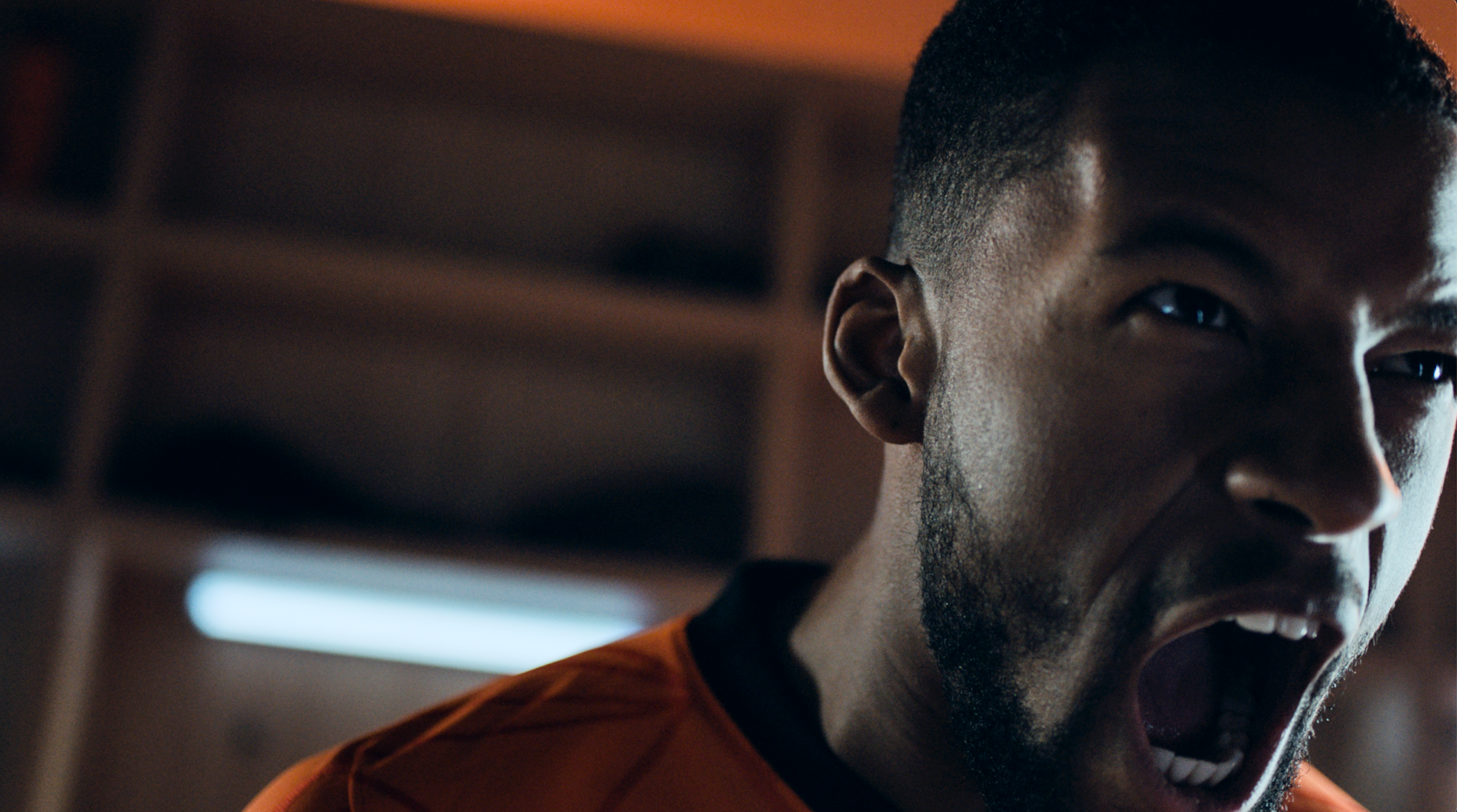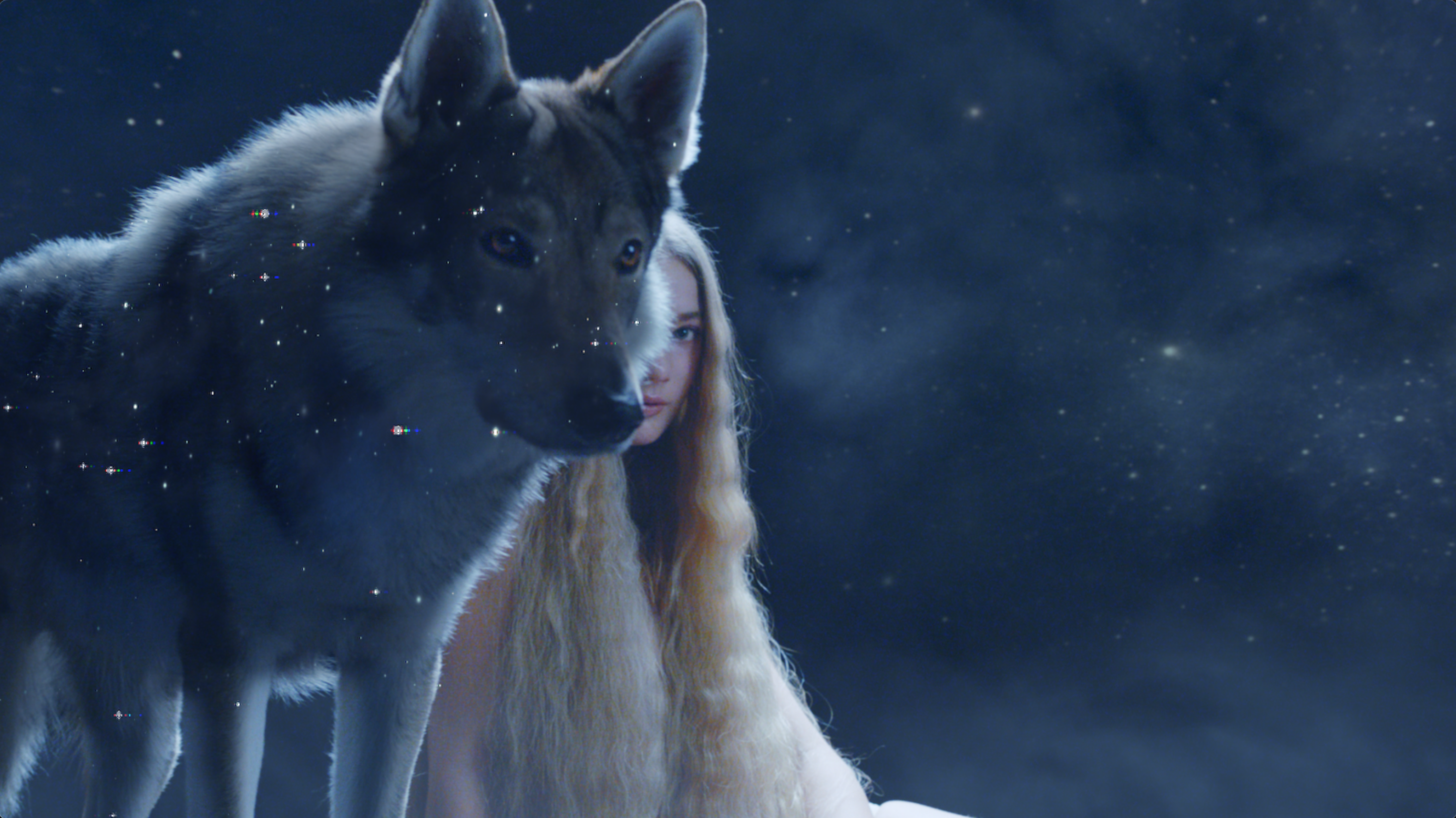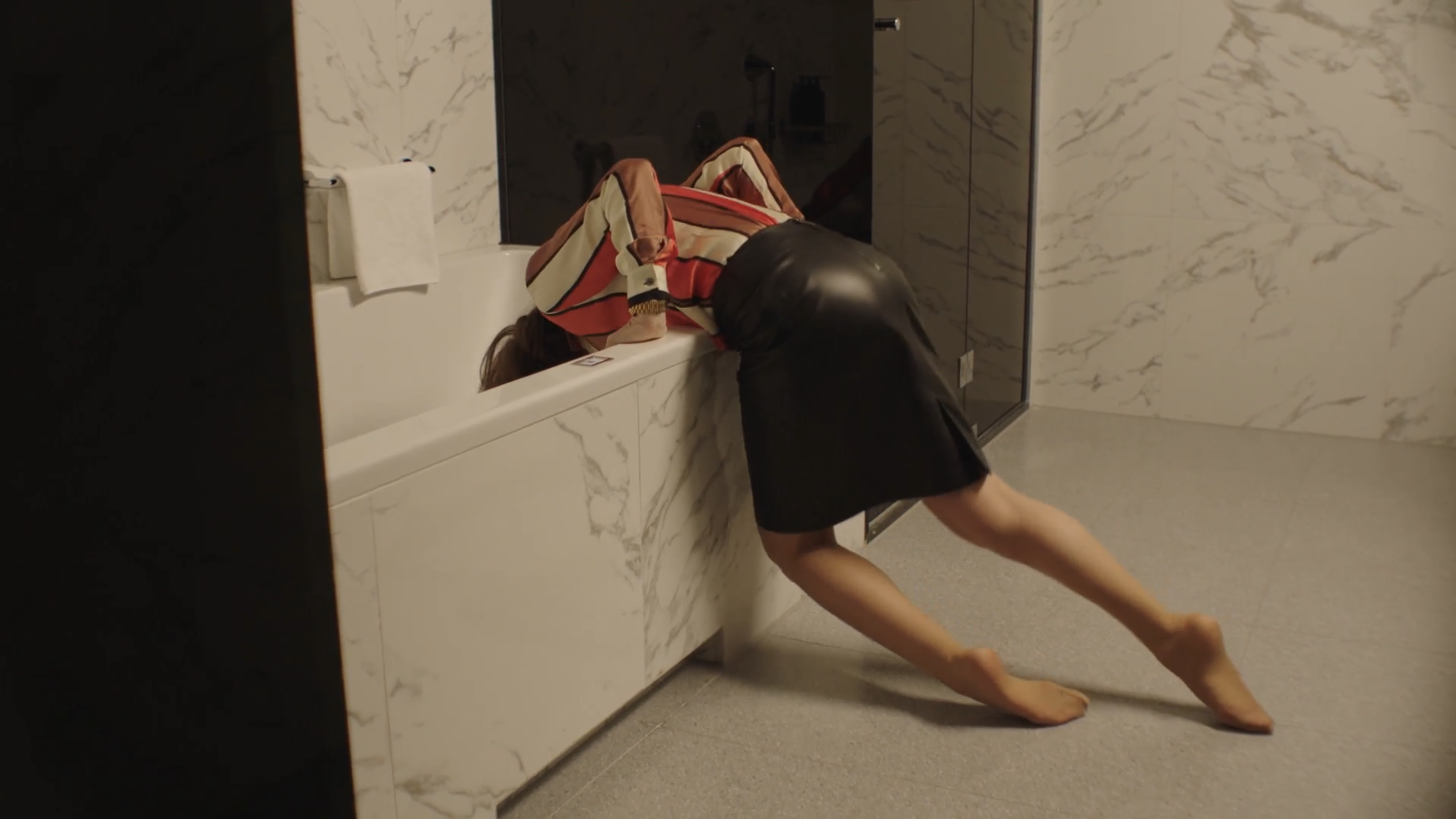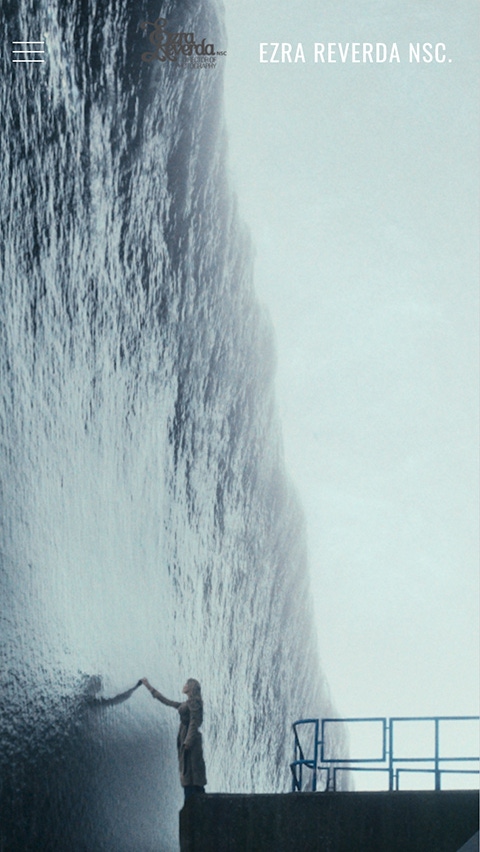Bringing visualisations to life
Ezra Reverda is a Dutch Director of Photography based in Amsterdam specialising in commercials, fashion, beauty, lifestyle and fiction. Represented by Aim Creative Management, Ezra travels the world collaborating with brands such as Asics and IKEA.
We got in touch with Ezra to discover more about his creative style and award-winning international fashion film, Selenophilia, directed by Dorhout Mees. Read what he had to say:

Fabrik: Hi Ezra! We’re happy to have you as a Hero! To start, would you like to share a bit more about yourself in your own words?
Ezra Reverda: "Hi I'm Ezra Reverda, an Amsterdam based Cinematographer working on feature films, tv shows, commercials, fashion related projects and music videos. It all started with my mom taking me with her to all kinds of films when I was young. Italian black and white classics with Marcello Mastroanni, directed by Felini or films by Antonioni or Bertolucci, but also asian films such as; Raise the red Lantern or films from Wonk Kar Wai. It opened a new world and while I was already experimenting with photography I decided to move towards film. Working in a team, being socially challenged, the structure of prepping, shooting and finalising in post are aspects that I really love."
Fabrik: How would you define your style as a Director of Photography?
Ezra Reverda: "After quite some years working as a Director of Photography I still find this a hard question to answer. Also because I adapt myself to every new project and find a new approach that fits best to this specific story. But to say something, I try to create powerful images with great respect for the actor or subject and the ideas of others. Lighting is a key element and I like to go as cinematic as possible."

Fabrik: How do you encapsulate each director’s view of the story while still making sure to bring your own unique touch to the film?
Ezra Reverda: "I think this comes automatically. While prepping a project one thing that is most important is to get in the head of the director and find out what is on his/her mind story-wise. Visualisation starts immediately after reading one sentence in a script but knowing what the interpretation of the director is, is key. So maybe you keep your own ideas a bit to yourself for the first session before you enter the dialogue where you also start explaining what you see interpreting a scene. While talking this over you automatically dive into shooting style. Both you and the director will bring in ideas watching stuff from other makers, talking about colours, angles, lighting, dynamics, technical stuff like lenses etc. This way your style blends in unnoticed."
Fabrik: Could you tell us more about your source of inspiration?
Ezra Reverda: "Talking with other people, walking the streets, nature, traveling to other places, going to cinema or visiting a museum are sources of inspiration. I still remember that moment when I was young when suddenly my brain created some new sort of awareness in how I saw the things around me. It was a magical and also joyful moment where I began to develop an eye that likes to investigate and discover. These days when time can get limited you sometimes forget to just look around you with an open eye. When this happens to me I dive in one of the things I described above."
"I still remember that moment when I was young when suddenly my brain created some new sort of awareness in how I saw the things around me."

Fabrik: We’re keen to know more about your award-winning international fashion film ’Selenophilia’. What is the back story? And where did the initial idea stem from?
Ezra Reverda: "This is not the first film I have made together with Dorhoutmees, the fashion designer I worked with on this project and who also directed Selenophilia. With every collection she designs, Dorhoutmees works with certain themes and ideas often poetic or mythical to support her vision, such as "The remembrance of water" or the Japanese word "Wabi Sabi", that describes the beauty of imperfection and transiency. For Selenophilia she got inspired by the mythical creatures; the girl, the wolf, rabbits and the moon, that you can find in many stories, fairy tales, artwork and illustrations. I think the work of illustrator Chiara Bautistta got her eye in particular. She created images of a "rabbit girl and the wolf". How this is interpreted is by the viewer and so is this with our version "Selenophilia"."
Fabrik: Your work spans across fashion and beauty to narrative and commercials. What are you most proud of in your career so far?
Ezra Reverda: "I'm proud that I found my way in this business. From the moment I decided to move towards film, going to film academy, shooting lots of music videos when I started my career and now working on all kinds of wonderful projects. I really love my job and in particular the blend of different kinds of projects. But a really good story is what truly triggers me the most."

Fabrik: What are some important things to keep in mind in regards to lighting whilst working on-set?
Ezra Reverda: "For me it is about getting it the right way, pushing it, making it bold, but always in a credible way. Lighting is such a powerful tool while creating images. What is there to be seen? It directs the eyes, it can be emotional, it creates beauty or plain horror. The collaboration with my gaffer is one of the most important aspects on set. Lighting is such a technical and also logistical activity. You want to talk about mood, characteristics, colours, what is needed to get this particularly shot or scene right. A good gaffer is your third and fourth eye that helps you translate the ideas to a technical approach."
Fabrik: Can you give us insight on any projects you’re currently working on?
Ezra Reverda: "I'm prepping for a Netflix Original TV show that's about the schizophrenia tendency of becoming somebody else online. A subject we're all so familiar with these days."

Fabrik: Final question. What do you like most about Fabrik? What's your favourite feature?
Ezra Reverda: "The intuitive setup that doesn't need much time to understand and to adapt is the biggest plus. Before I used Fabrik I found it difficult to work with video content in an easy way. I also think that the structure and the design of Fabrik really supportx my work. It's all about the images, the minimalistic and balanced layout and the use of a nice fonts just makes it professional."
Ezra uses Loden, a theme that focuses on making photos and video as large as possible. Loden is bold, and creatives who like to let their imagery do the talking will enjoy working with the simplicity of its layout and options.





